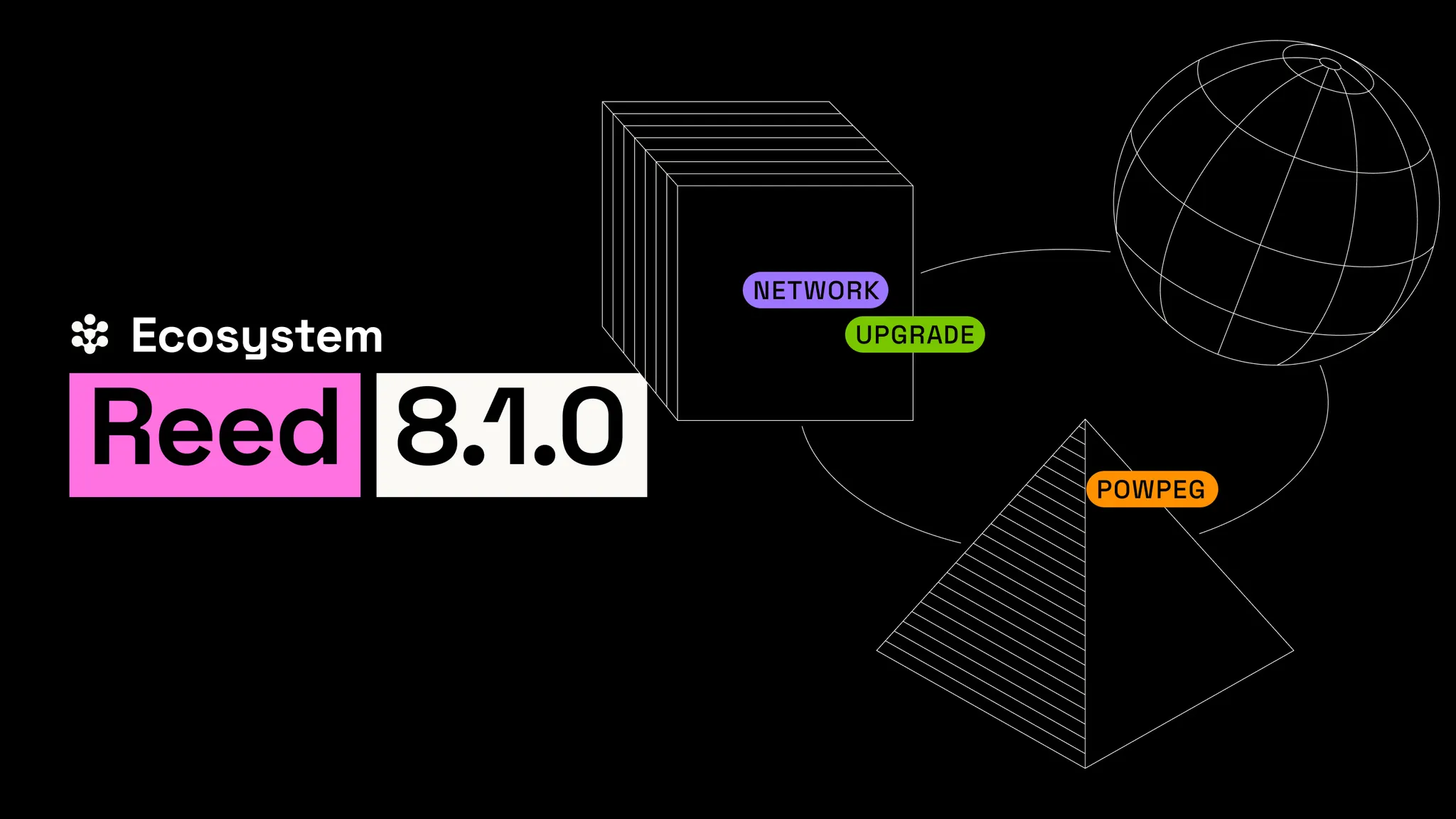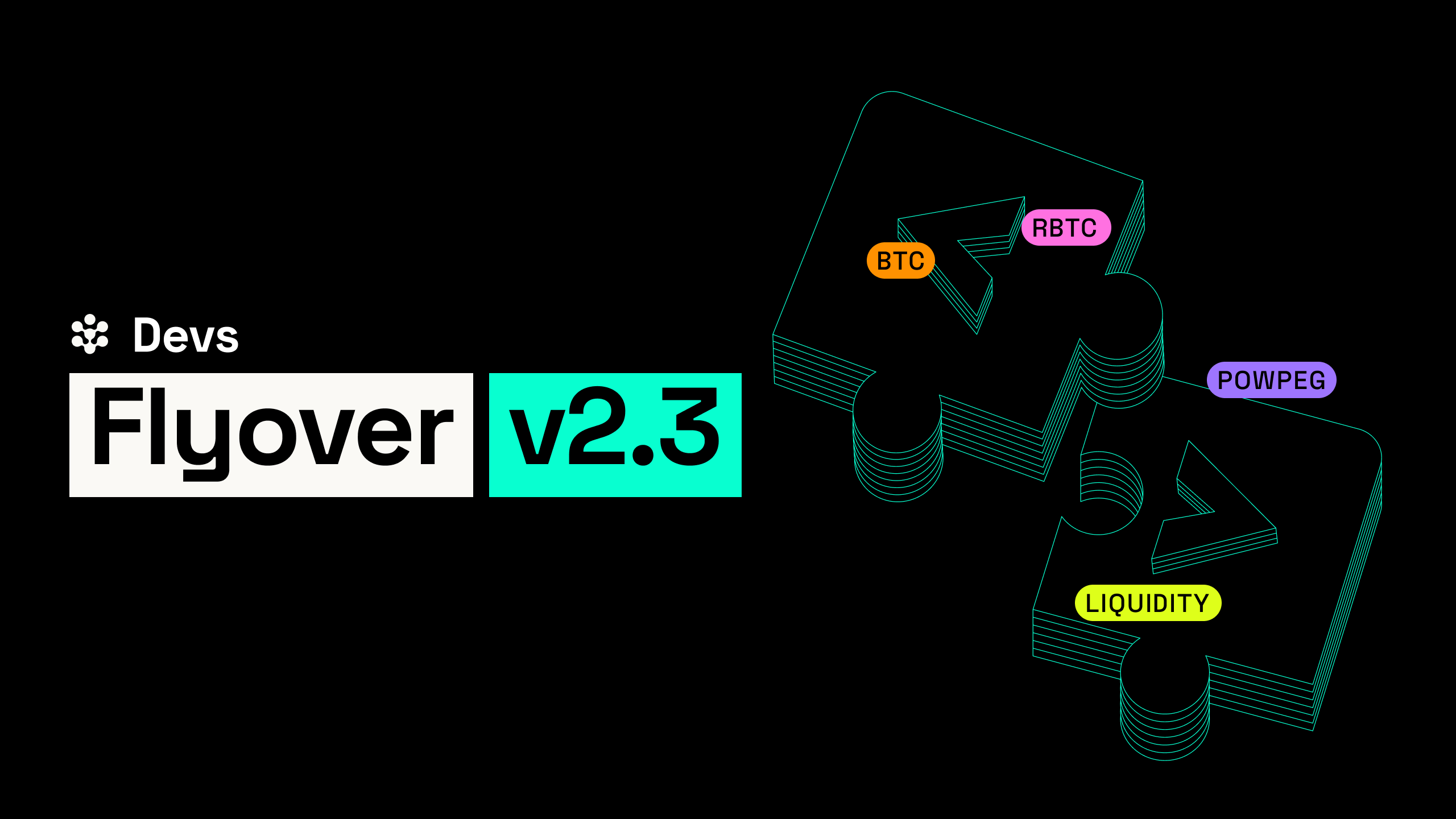This article is part of Rootstock’s series “Building DeFi on Bitcoin” exploring different solutions and integrations on the Rootstock blockchain that enable scaling Bitcoin, bringing DeFi capabilities to the world’s first blockchain.
Mean Finance, the open protocol that enables users to Dollar Cost Average (DCA) any ERC20 into any ERC20 with their preferred period frequency, has recently announced the integration with Rootstock.
This integration brings Rootstock users an additional way to swap Rootstock ecosystem tokens, including RBTC using the Meta Aggregator.
In this step-by-step guide, we walk you through the usage of Mean Finance’s Meta aggregator to bridge to Rootstock and swap Rootstock ecosystem tokens.
Getting started
Step 1:
Go to https://mean.finance/swap/rootstock and connect your Rootstock wallet to the Meta Finance dApp.

Step 2:
Go to Swap

Step 3:
Open the network dropdown menu by clicking on it, and choose Rootstock as your network to swap.

Step 4:
Choose the assets you want to swap from the asset menu.

Step 5:
Choose the amount of the asset you want to trade, the app will automatically calculate the USD value and how much of the asset you want to receive.
Then click on “Swap”.

Step 6:
Now all there is left to do is confirm the transaction in your wallet and wait for the confirmation.

About Mean Finance
Mean Finance is the state-of-the-art DCA protocol. It enables users to set up actions like “Swap 10 USDC for WBTC every day, for 30 days”. Users can create these actions between almost all ERC20 tokens, in the frequency of their choosing. These token swaps will then occur regardless of the asset’s price and at regular intervals, reducing the impact of volatility on investments.
The Meta Aggregator uses advanced algorithms which do the job for the user of searching all available DEXs and routes, ensuring one always gets the best and more cost effective route. Users can be confident that they will never overpay for a trade. The process is fast, and the user experience is smooth as all the complexity is extracted away.
If you’re looking for different methods to get RBTC, read our guide to explore the commonly used approaches.


